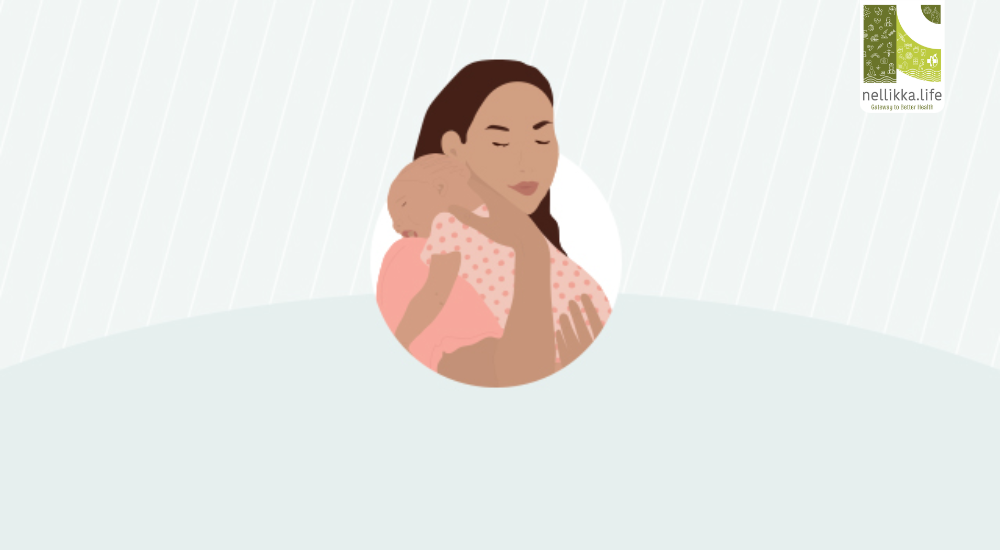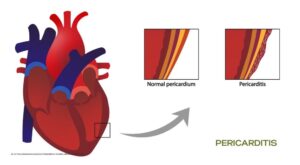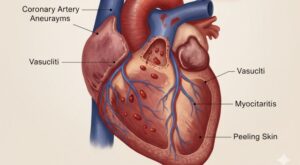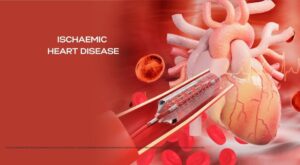Postpartum Depression: A Silent Struggle After Childbirth

Bringing a new life into the world is often portrayed as one of the most joyous experiences in a woman’s life. Yet, for many new mothers, this period is shadowed by an overwhelming emotional burden—Postpartum Depression (PPD). Far from being a sign of weakness or a lack of love for the baby, PPD is a serious mental health condition rooted in complex biological, hormonal, and psychosocial changes that occur after childbirth.
Understanding Postpartum Depression
Postpartum depression is a mood disorder that typically develops within the first few weeks to months after delivery, but it can begin any time during the first year postpartum. Unlike the “baby blues,” which affect up to 80% of mothers and resolve within two weeks, PPD persists longer and presents with more severe emotional, cognitive, and functional symptoms.
Prevalence:
Globally, 1 in 7 mothers is estimated to experience PPD. In India, studies indicate a prevalence rate ranging from 15% to 23% depending on socioeconomic and cultural contexts (Patel et al., 2022, Indian Journal of Psychiatry).
Causes: A Multifactorial Condition
The onset of PPD is rarely due to a single cause—it is the result of interacting biological, psychological, and social factors:
- Hormonal Changes – The sharp drop in estrogen and progesterone after delivery can alter brain chemistry, influencing mood regulation.
- Neurochemical Factors – Dysregulation of neurotransmitters such as serotonin, dopamine, and norepinephrine may contribute.
- Physical Stress – Childbirth recovery, sleep deprivation, and breastfeeding challenges increase vulnerability.
- Psychosocial Stressors – Relationship difficulties, lack of family support, financial strain, and isolation play a significant role.
- History of Mental Illness – Women with a prior history of depression, anxiety, or bipolar disorder are at higher risk.
Symptoms: Recognizing the Warning Signs
The DSM-5 (Diagnostic and Statistical Manual of Mental Disorders, Fifth Edition) categorizes PPD as a major depressive episode with peripartum onset. Symptoms include:
- Persistent sadness or emptiness
- Loss of interest in activities once enjoyed
- Extreme fatigue or loss of energy
- Changes in appetite (increased or decreased)
- Sleep disturbances (insomnia or hypersomnia) not solely due to newborn care
- Feelings of worthlessness or guilt
- Difficulty bonding with the baby
- Anxiety or panic attacks
- Thoughts of self-harm or harm to the baby (in severe cases)
Impact on Mother and Child
Untreated PPD can have long-term consequences:
- For Mothers: Chronic depression, relationship breakdown, impaired functioning, and risk of self-harm.
- For Infants: Delays in cognitive, emotional, and social development due to reduced maternal responsiveness.
- For Families: Increased stress, marital conflict, and reduced family cohesion.
Diagnosis
There is no blood test for PPD. Instead, clinicians use validated screening tools, such as:
- Edinburgh Postnatal Depression Scale (EPDS)
- Patient Health Questionnaire-9 (PHQ-9)
Early screening is crucial during postpartum visits.
Treatment: A Holistic Approach
Treatment depends on severity and patient needs, often involving a combination of therapy, social support, and, if needed, medication.
- Psychotherapy –
- Cognitive Behavioral Therapy (CBT) helps identify and challenge negative thought patterns.
- Interpersonal Therapy (IPT) addresses relationship conflicts and life transitions.
- Pharmacotherapy –
- Antidepressants such as SSRIs (e.g., sertraline, fluoxetine) may be prescribed.
- Some medications are safe during breastfeeding, but decisions are individualized.
- Lifestyle and Social Interventions –
- Adequate rest, balanced nutrition, gentle physical activity.
- Involvement of family members in caregiving duties.
- Peer Support Groups – Connecting with other mothers facing similar challenges reduces isolation.
Prevention and Early Intervention
While PPD cannot always be prevented, risk reduction strategies include:
- Educating expectant parents about postpartum emotional changes.
- Encouraging open conversations about mental health.
- Screening high-risk mothers during pregnancy and postpartum.
- Strengthening social support networks.
When to Seek Help
Immediate medical attention is needed if a new mother experiences:
- Thoughts of harming herself or the baby.
- Severe anxiety or panic interfering with daily life.
- Inability to care for herself or the newborn.
Helplines in India:
- AASRA: +91-9820466726
Postpartum depression is not a personal failure—it is a medical condition that requires compassion, awareness, and timely care. By normalizing conversations around maternal mental health and ensuring accessible support systems, we can help mothers navigate this vulnerable period with dignity and hope.
As society, our role is clear: Care for the mother, not just the newborn. Because when a mother heals, the entire family thrives.
References :
1. Postpartum Depression
2. What is Perinatal Depression?
3. Postpartum depression in India: a systematic review and meta-analysis
4. Exploring predictors and prevalence of postpartum depression among mothers: Multinational study




